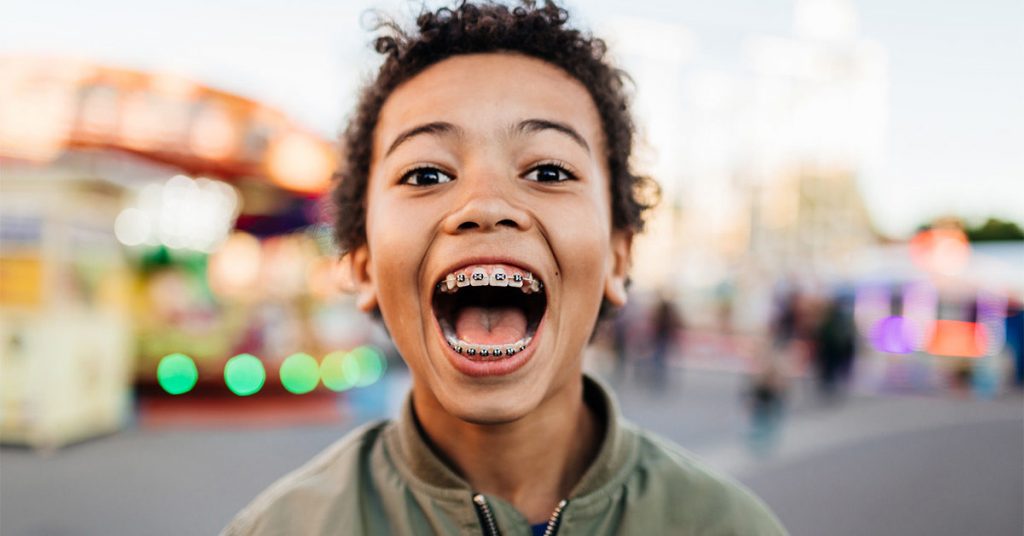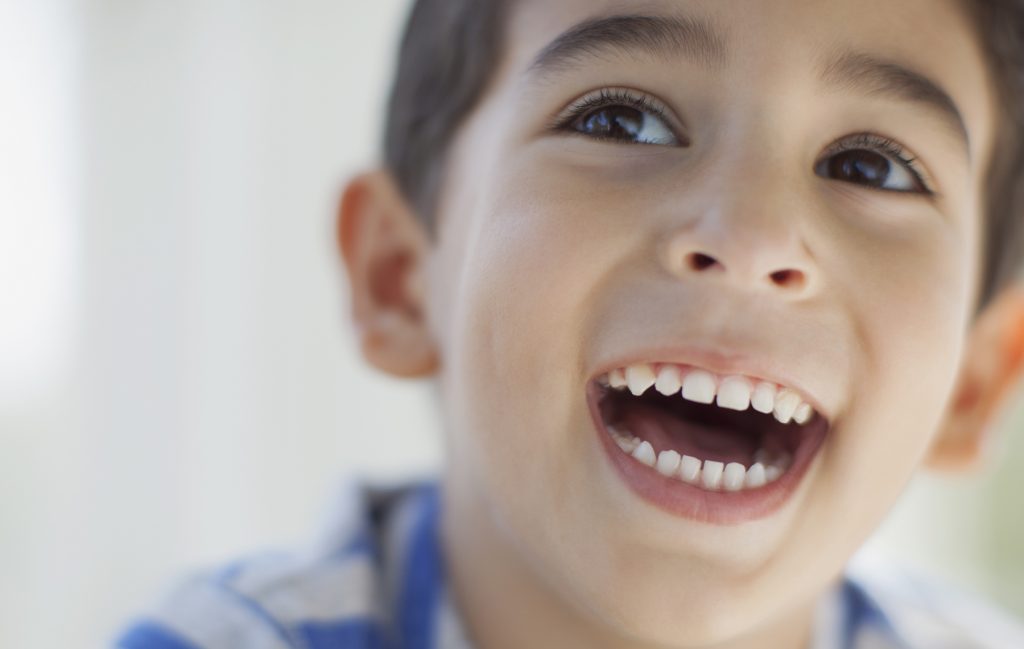Braces are getting common in Malaysia. People are acquainted with the treatment but are also having lots of doubts over own suitability towards braces.
Malocclusion means mal-alignment of teeth or lack of good relationship between upper and lower teeth. The formation of malocclusion is complex and a same condition could reflect different appearances in different individual. The suitability and timing on commencing a case depend on the severity of the case (whether the child requires to start early to prevent further damage to other teeth or structures) and the maturity state of the child mentally and physiologically.
Braces at a suitable age
Braces are not done at milk teeth stage. It could be started at mixed dentition stage (7-12 years old) where malocclusion is spotted once permanent teeth start to erupt into a non favorable position. However, extreme caution is practiced, forces applied are low and the duration of treatment is short.
Permanent dentition stage (12-17 years) is the best time to do braces. Braces done before puberty ends could derive a better result and reduce treatment time.
How to treat Malocclusion
Treatment modality is based on cases and level of malocclusion. Treatments are divided into 4 types:
-Physiological treatment
Advise the child to chew on both sides of the mouth to allow upper and lower teeth to grow into good relationship.
-Avoid Certain Habit
Stop thumb sucking or foreign object biting to prevent displacement of teeth and malformation of facial structure.
-Fixed or Removable Orthodontic Appliances
Braces that consist of custom made brackets, wires and accessories placed on teeth to guide teeth into correct position.
-Orthognathic Surgery
Some severe skeletal issues require surgery to correct the jaw relationship before repositioning teeth correctly.
Types of Malocclusion
Teeth Crowding and Jetting Out
Teeth are crowded due to insufficient space for eruption. Occasionally insufficient jaw space would cause upper canine to be squashed upwards or outwards because there is not enough space for it to come down. This causes teeth overlapping and would result in difficulty in brushing, gum diseases and mouth odor.
Open Bite
This depicts a condition where teeth could not meet each other at the anterior portion when the child bites fully teeth to teeth. Only the posterior teeth meet each other. This is often due to thumb sucking or tongue thrusting habits. As a result, the child may have pronunciation, biting and esthetic problems.
Cross Bite or Reverse Bite
Normally when a person bites teeth to teeth, our upper teeth would be in front of lower teeth. If it happens the other way around it is called reverse bite.
This condition is due to an actively growing lower jaw genetically or the child tends to protrude the lower jaw for biting as there is early loss of milk molar. This protrusion of jaw would cause the lower jaw to grow faster than upper jaw.








